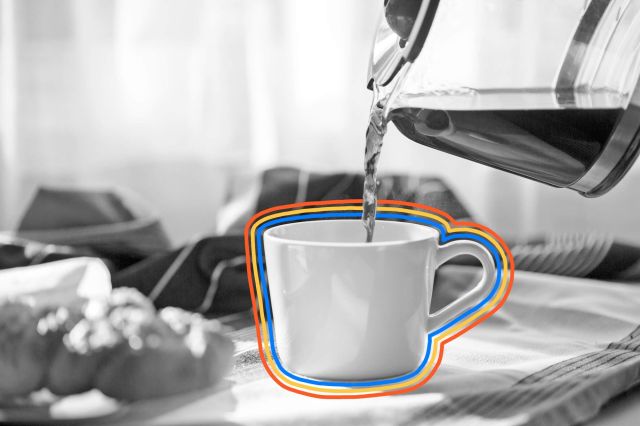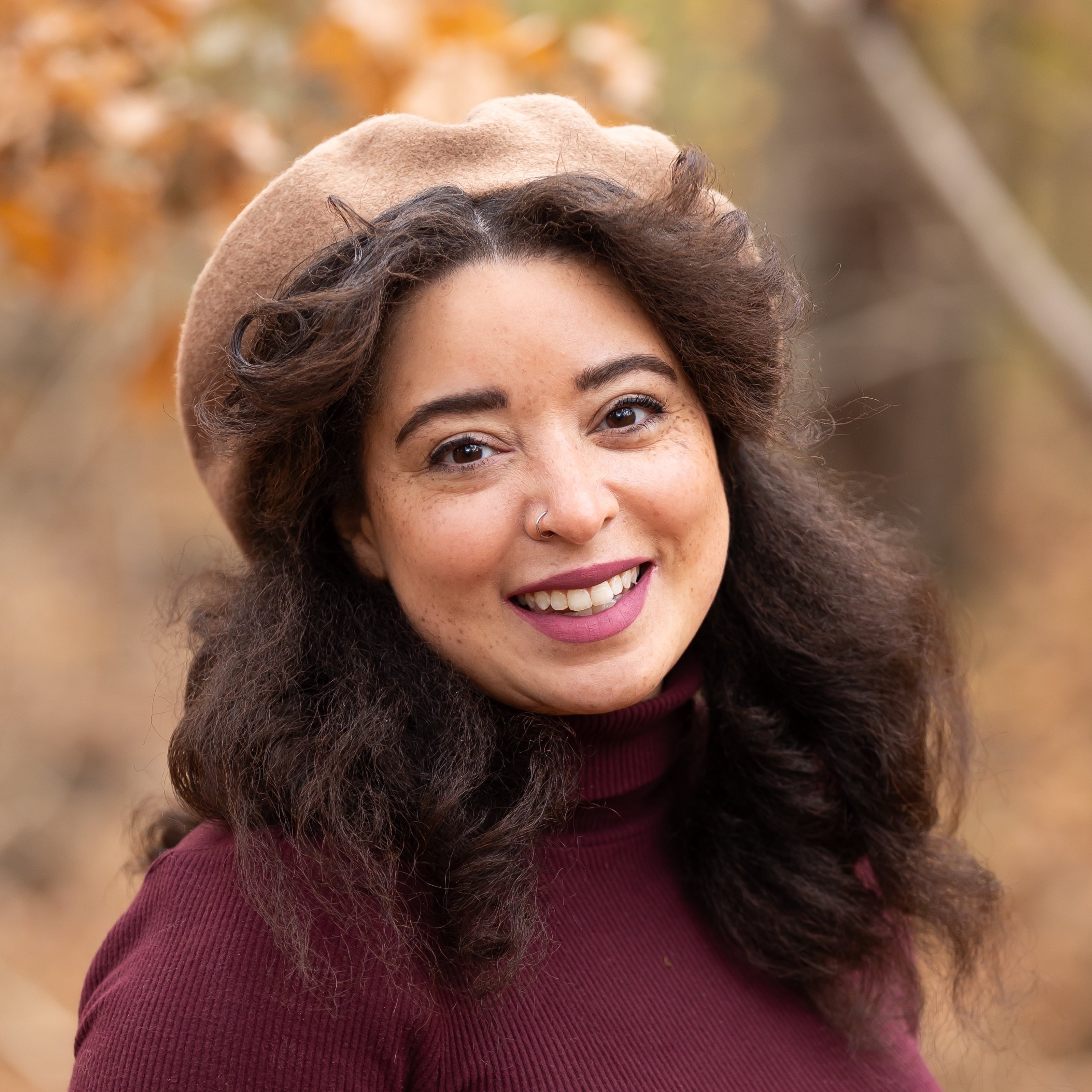
Regularly Consuming Coffee May Have Health Benefits
Coffee was once believed to be an unhealthy (and possibly dangerous) indulgence, but newer research suggests it actually has health benefits that could extend your life. Researchers have found that people who drink moderate amounts of coffee — about two to five cups — have lower risks of developing Type 2 diabetes, Parkinson’s disease, heart disease, and some cancers. Both regular and decaf coffee offer these perks; it’s not the caffeine that helps, but likely the polyphenols, a plant compound found in coffee that works as an antioxidant.

Espresso Was Invented to Speed Up Coffee Breaks
At least three Italian inventors played a role in creating espresso. Angelo Moriondo was the first; his “steam machinery for the economic and instantaneous confection of coffee beverage” was patented in 1884, though it could only brew large batches of coffee and never became commercially available. Nearly two decades later, Luigi Bezzera created his own espresso machine, which cut down brewing time from several minutes to just 30 seconds (much better for workers on coffee breaks). With the help of inventor Desiderio Pavoni, Bezzera’s reworked machine — which most closely resembles espresso machines used in coffee shops today — debuted at the 1906 World’s Fair in Milan, where the duo sold “caffè espresso.”

New Orleans Is Known for an Herby Coffee Alternative
Coffee drinkers in France have long blended their brews with chicory, a blue-flowered herb native to Europe and Asia with roots that offer a coffee-like flavor when roasted. French settlers brought the practice to Louisiana, helping chicory coffee become a mainstay in times of conflict when real coffee imports were hard to come by — such as during the Napoleonic Wars in the early 1800s, and later during the Civil War. However, amid some conflicts, like World War I, chicory was in so much demand that the once-cheap substitute cost more than actual coffee. Today, many coffee drinkers in New Orleans continue to enjoy their java with chicory included.
More Interesting Reads

The Word “Cappuccino” Was Inspired by Monks
Italy is often called the world’s coffee capital, so it’s no wonder that many of the words we use to describe a cup of joe come from Italian. Take, for example, the cappuccino (a drink made from espresso and steamed milk), which gets its name from a 16th-century order of Italian monks. The Capuchin friars were known for helping those experiencing poverty; as such, they themselves rebuked wealth and wore simple brown robes, with long, pointed hoods that were called “cappuccio.” The earliest cappuccino drinks, which emerged around the 1700s, were nicknamed after these religious figures, because adding milk to espresso resulted in a color similar to that of the monks’ attire.

Black Coffee Cools Faster Than Coffee With Cream
Adding a little cream to your cup of coffee can improve the flavor and possibly help it stay warm for longer. Some food scientists believe that coffee with cream cools about 20% more slowly than plain black coffee, thanks to three rules of physics. Darker colors emit heat faster than lighter colors, so adding cream to lighten the drink’s hue may slow down heat loss. Hotter surfaces also radiate heat faster, so plain coffee will cool faster than a cup that’s been slightly chilled by adding cold cream. Viscosity is also a factor: Cream thickens coffee, making a steamy cup evaporate more slowly. Since evaporation causes heat loss, the less there is, the more time you’ll have to enjoy coffee before it’s too cold.

Coffee-Flavored Jelly Was Once A Popular Treat
Home cooks of the early 1800s could try their hand at making coffee jelly, a dessert that originated in England and later spread to the Eastern U.S. Coffee jelly was promoted as an alternative to the hot beverage for those who didn’t like the taste or whose stomachs didn’t agree with the acidity. The jiggly dessert was considered a healthy option for people who were sick, or could be eaten as an after-dinner curative for people who drank too much alcohol at mealtimes. While coffee jelly is now a rarity in the United States, it is commonly found in Japan, where it’s a popular treat.

Coffee Beans Aren’t Actually Beans
It turns out that the name you’re familiar with for those tiny pods that are ground and brewed for a fresh cup of joe is a misnomer. Coffee “beans” are actually the seeds found within coffee cherries, a reddish fruit harvested from coffee trees. Farmers remove the skin and flesh from the cherry, leaving only the seed inside to be washed and roasted.
Coffee farming is a major time investment: On average, a tree takes three or four years to produce its first crop of cherries. In most of the Coffee Belt — a band along the equator where most coffee is grown that includes the countries of Brazil, Ethiopia, and Indonesia — coffee cherries are harvested just once per year. In many countries, the cherries are picked by hand, a laborious process.

Decaf Coffee Is Still a Tiny Bit Caffeinated
Decaf coffee has helped coffee drinkers enjoy the taste of coffee without (much of) the jolting effects of caffeine, but its creation was entirely accidental. According to legend, around 1905 German coffee merchant Ludwig Roselius received a crate of coffee beans that had been drenched with seawater. Trying to salvage the beans, the salesman roasted them anyway, discovering that cups brewed with the beans retained their taste (with a little added salt) but didn’t have any jittery side effects. Today, the process for making decaf blends remains relatively similar: Beans are soaked in water or other solvents to remove the caffeine, then washed and roasted. However, no coffee is entirely free of caffeine. It’s estimated that 97% of caffeine is removed during preparation, but a cup of decaf has as little as 2 milligrams of caffeine — compared to regular coffee’s 95 milligrams.

Bach Wrote an Opera About Coffee
Johann Bach is remembered as one of the world’s greatest composers, known for orchestral compositions such as the Brandenburg Concertos. But one of Bach’s lesser-known works is Schweigt stille, plaudert nicht (“Be Still, Stop Chattering”) — a humorous ode to coffee popularly known as the Coffee Cantata. Written sometime in the 1730s, Bach’s opera makes light of fears at the time that coffee was an immoral beverage entirely unfit for consumption. In the 18th century, coffee shops in Europe were known to be boisterous places of conversation, unchaperoned meeting places for young romantics, and the birthplaces of political plots. A reported lover of coffee, Bach wrote a 10-movement piece that pokes fun at the uproar over coffee. The opera tells the story of a father attempting to persuade his daughter to give up her coffee addiction so that she might get married, but in the end, she just becomes a coffee-imbibing bride.

The First Webcam Was Invented For a Coffee Pot
We can credit coffee-craving inventors for creating the first webcam. In the early 1990s, computer scientists working at the University of Cambridge grew tired of trekking to the office kitchen for a cup of joe only to find the carafe in need of a refill. The solution? They devised a makeshift digital monitor — a camera that uploaded three pictures per minute of the coffee maker to a shared computer network — to guarantee a fresh pot of coffee was waiting the moment their mugs emptied. By November 1993, the in-house camera footage made its internet debut, and viewers from around the globe tuned in to watch the grainy, real-time recording. The world’s first webcam generated so much excitement that computer enthusiasts even traveled to the U.K. lab to see the setup in real life. In 2003, the coffee pot sold at auction for nearly $5,000.

Coffee Was Frequently a Staple in the Oval Office
Coffee has a long political history in the U.S. — colonists who tossed heavily-taxed tea into the Boston Harbor switched to drinking the caffeinated brew as part of their rebellion. But even after the Revolutionary War’s end, American leaders held an enduring love for the beverage. George Washington grew coffee shrubs at his Mount Vernon estate (though because of climate, they likely never produced beans), while Thomas Jefferson loved coffee so much that he estimated using a pound per day at Monticello during retirement. Similarly, Theodore Roosevelt reportedly consumed an entire gallon of coffee each day, and George H.W. Bush was known for imbibing up to 10 daily cups.

Your Genes Might Determine How Much Coffee You Drink
If you can’t get through the day without several cups of coffee, you may have your genes to blame. A 2018 study suggests inherited traits determine how sensitive humans are to bitter foods like caffeine and quinine (found in tonic water). Researchers found that people with genes that allow them to strongly taste bitter caffeine were more likely to be heavy coffee drinkers (defined as consuming four or more cups daily). It seems counterintuitive that people more perceptive to astringent tastes would drink more coffee than those with average sensitivity — after all, bitter-detecting taste buds likely developed as the body’s response to prevent poisoning. But some scientists think that human brains have learned to bypass this warning system in favor of caffeine’s energizing properties. The downside? Constant coffee consumers are at higher risk of developing caffeine addiction.












